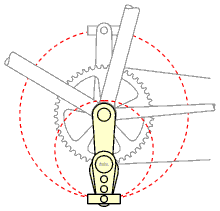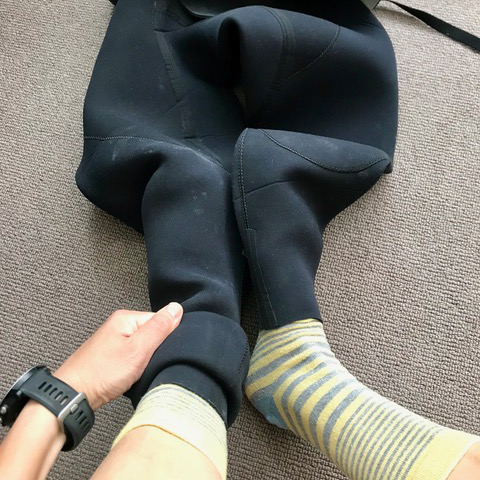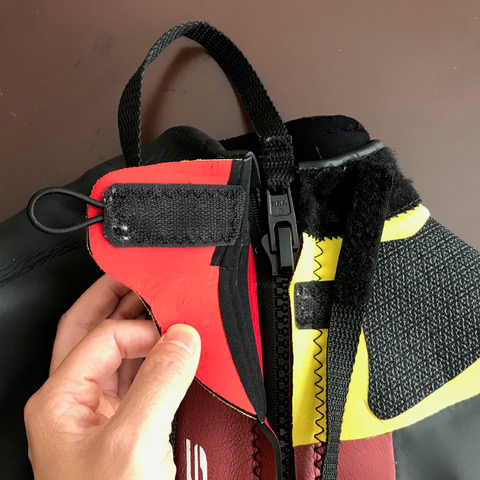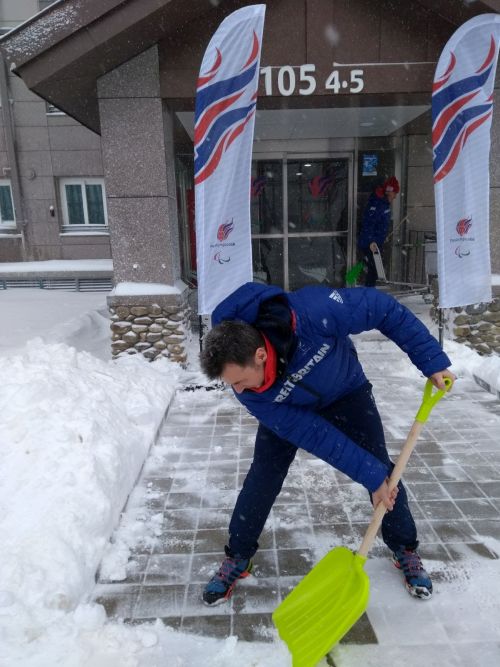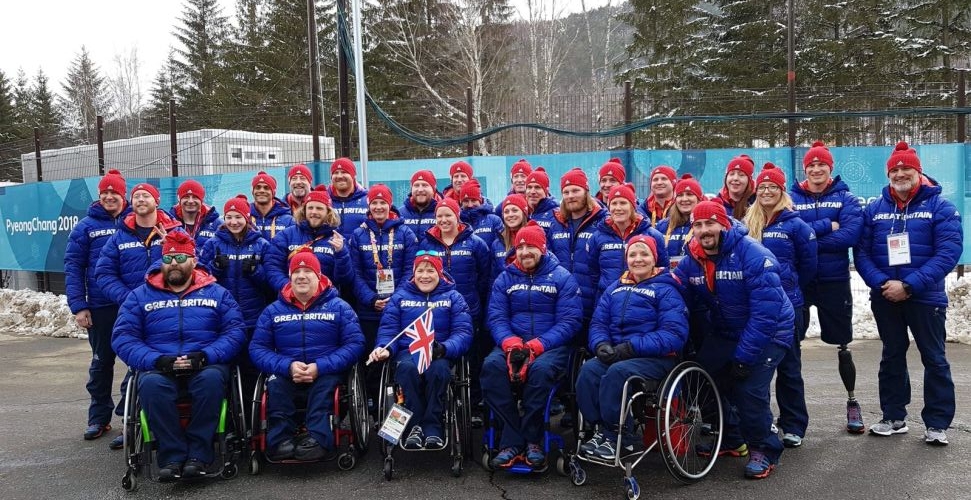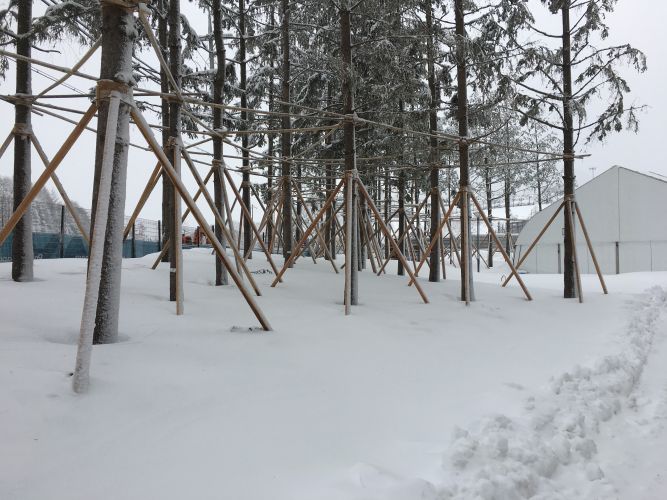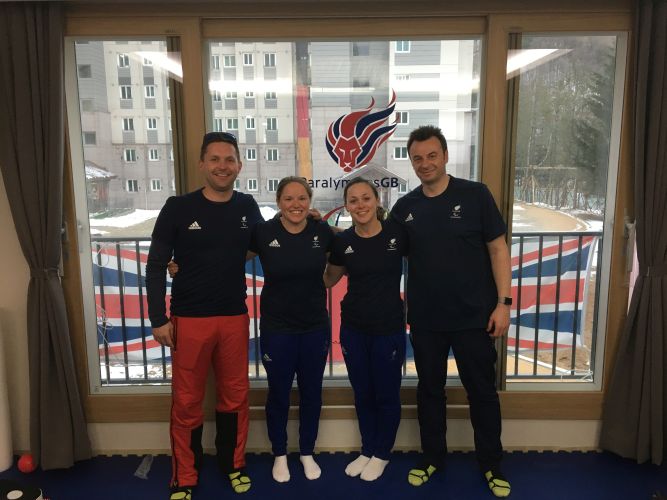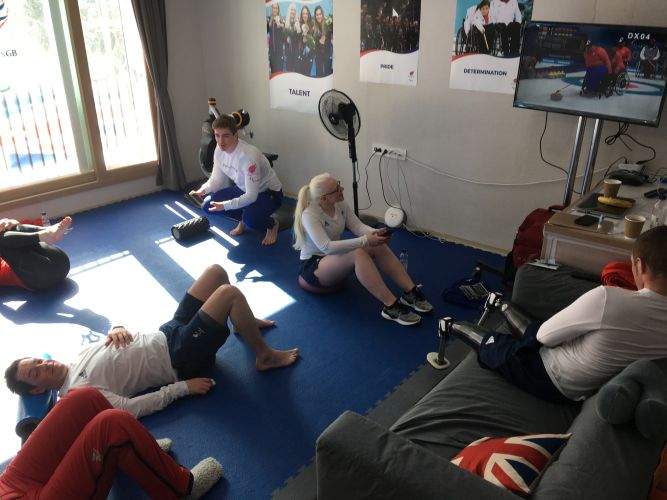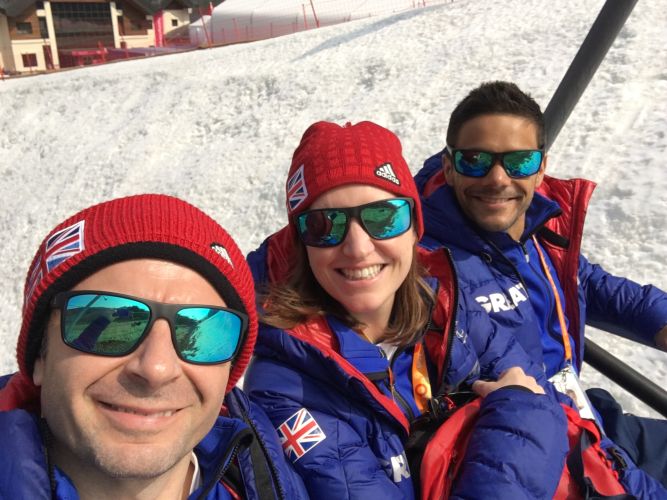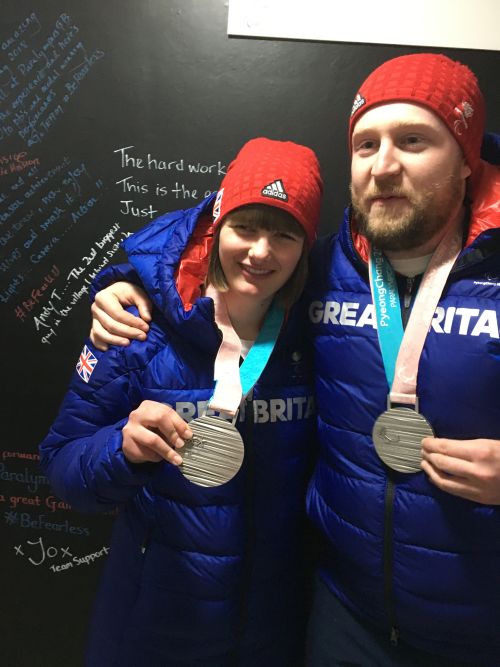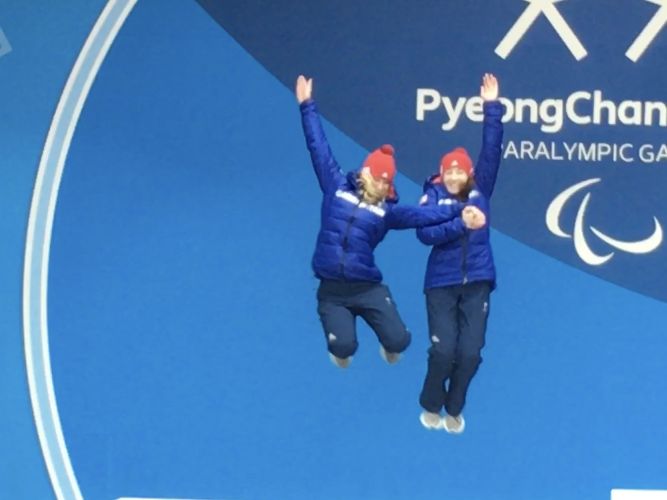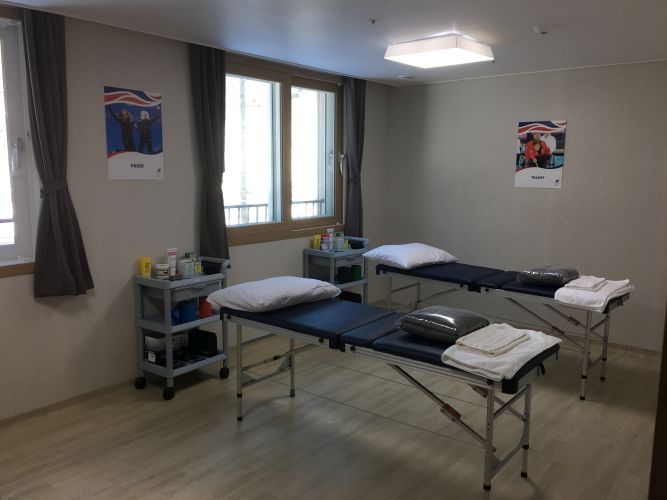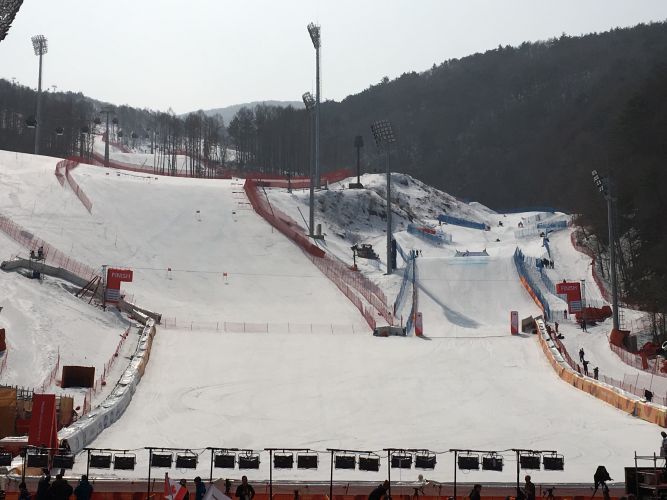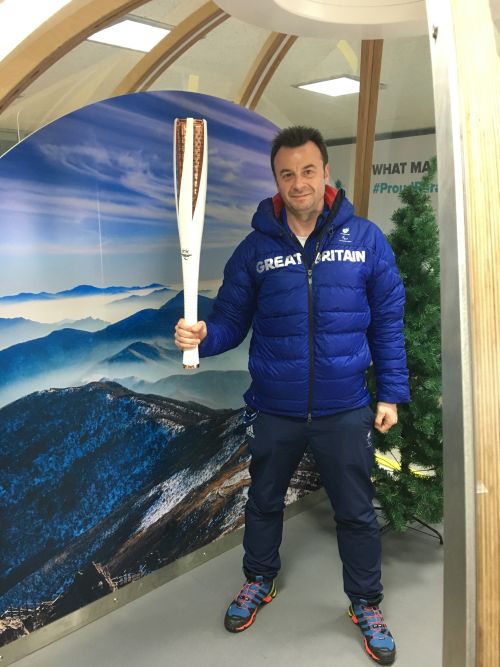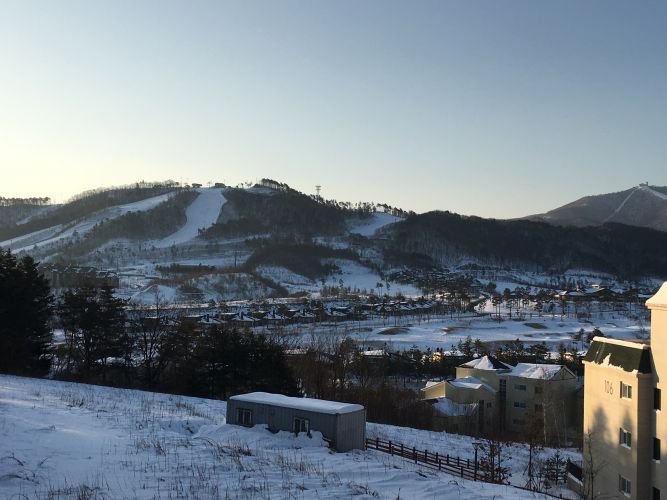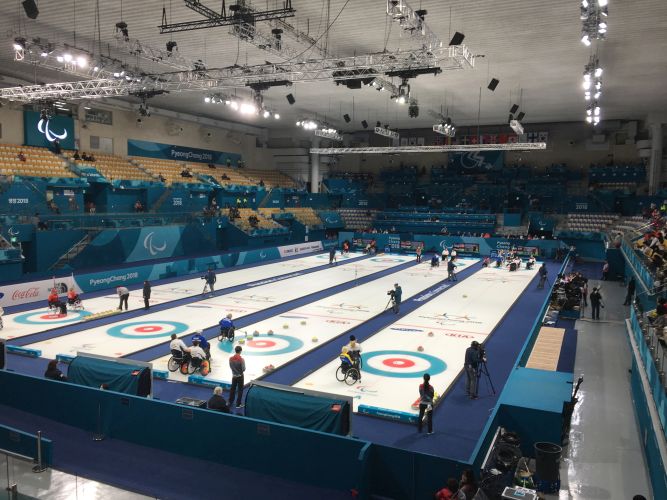Always choose your running kit with care!
9 weeks to the London Marathon - our top tips and injuries to avoid
Congratulations! You are now only 9 weeks from the London Marathon (other marathons are available).
Here are a few tips on how to keep going and avoiding breaking down:
Follow a training plan that not only says run. Two short runs and a long run on a weekend. Add in strength and conditioning, plyometrics, cross training and yoga/pilates. This can help with injury prevention and potentially faster times.
Your training will hurt. The marathon will hurt. The massages will hurt, everything will hurt. You need to stay motivated and have discipline. You will have good and bad days during your training. You have to be motivated to get out and run, but to keep this up takes discipline. Remember why you are running this race.
Be realistic with your finish time especially if it’s your first marathon! Race management is essential. Don’t go off to hard and fast! You can't just double your half marathon time adding 10-15 minutes and expect to run the marathon in that time. Aim to finish your first marathon.
Race nutrition: find what works for you! Sweets and Lucozade for energy can help, but be aware of overdoing it with these, try dried fruits, nuts and electrolyte drinks.
To stretch or not to stretch! The evidence is conflicting so do what works best for you.
Tapering is essential in those last 2-3 weeks. Don’t try and squeeze in one more long run.
Here are the 7 most common injuries and how to manage them:
Runner's Knee: Patellofemoral pain syndrome (PFPS), is the irritation of the cartilage on the underside of the patella (kneecap). This can flare up during or after long runs. Be aware of foot over-pronation (excessive inward foot rolling) and weakness of the quadriceps, hips, or gluteals. Introduce rest days and reduce mileage. Uphill running can be less painful. Work on strengthening of gluteals, quadriceps and hamstrings. Avoid downhill running. Introduce low impact exercise like cycling, cross trainer or swimming. Try shortening your stride.
Iliotibial Band Syndrome (ITBS): the ITB lies along the outside of the thigh from the hip to the knee. ITB irritation occurs if you take up your mileage too quickly. It’s a stubborn nagging injury. Be aware of foot biomechanics. Hip and gluteal weakness maybe a factor. Rest days and ease off mileage can help. Use a Cross trainer. Mix up the direction of your runs. Try shortening your stride.
Achilles Tendonitis/Calf injuries: Achilles tendon connects the two major calf muscles to the back of the heel. Increasing your mileage too quickly, hill sessions and sprints can aggravate the Achilles. Be aware of tightness of your calf muscles. Stop if you have pain during or after running. You cannot run through this injury. Early diagnosis is essential. Days off will significantly increase your chances of getting back to running. Eccentric stretching and calf strengthen gastrocnemius and soleus muscles are advised.
Hamstring Issues: Muscles that run down the back of our thighs. Be aware of muscle imbalance of quadriceps (thigh) over powering the hamstrings. Sudden strong pain and bruising, significant injury, extended rest required. Less intense, chronic overuse injury, you can usually run. Running a slow, easy pace is usually less difficult than attempting intervals or hills. Cycling, pool running, and swimming helps. Strengthen and stretching your hamstrings will help avoid injuries.
Plantar Fasciitis: Small tears or inflammation of the tendons and ligaments that run from your heel to your toes. Pain is a dull ache or bruise along your arch or on the bottom of your heel, is usually worse first thing in the morning. Be aware of foot biomechanics, high or flattened arches. Avoid increasing mileage too quickly. Tight hip flexors, weakness and tight claves, weak core muscles, and a history of lower back pain can also contribute. This is a nagging injury, running is possible but can delay healing. Pool running and swimming to the keep pressure off your feet. Calf stretches and strengthening. Good fitting shoes are essential.
Shin Splints: Achy pain that results when small tears occur in the muscles around your shin bone. Prevalent in new or returning runners doing too much, too quickly, wearing the wrong shoe or a pair with too many miles, and high arches or flat feet. When pain strikes, ease off your running to a comfortable level for a few days to a week, then slowly up your mileage using the 10 percent rule (no more than 10 percent increase per week). Bike, pool run, and swim.
Stress Fracture: Stress fractures develop due to cumulative strain on the bone. Runners most often have stress fractures in their shins, feet, hips or heels. They are one of the most serious of all running injuries and are a result of over training. More common in women than men. You cannot run through this injury. Expect 8-16 weeks off from running depending on the severity of your injury.
If you suspect you have any one of the above injuries do not hesitate to make an appointment with us by calling us on 02030 12 12 22. Correct management of your injury is essential.
Deferred Entry
If you do have to withdraw from the 2019 London Marathon, you are guaranteed a place in the 2020 race – unless you had already carried your ballot entry over from 2018 or are running for a charity. You have until 20:00 on Saturday 27 April 2019 to complete the withdrawal form on the Virgin Money London Marathon Deferrals page.
Words by Nick Smith.



















